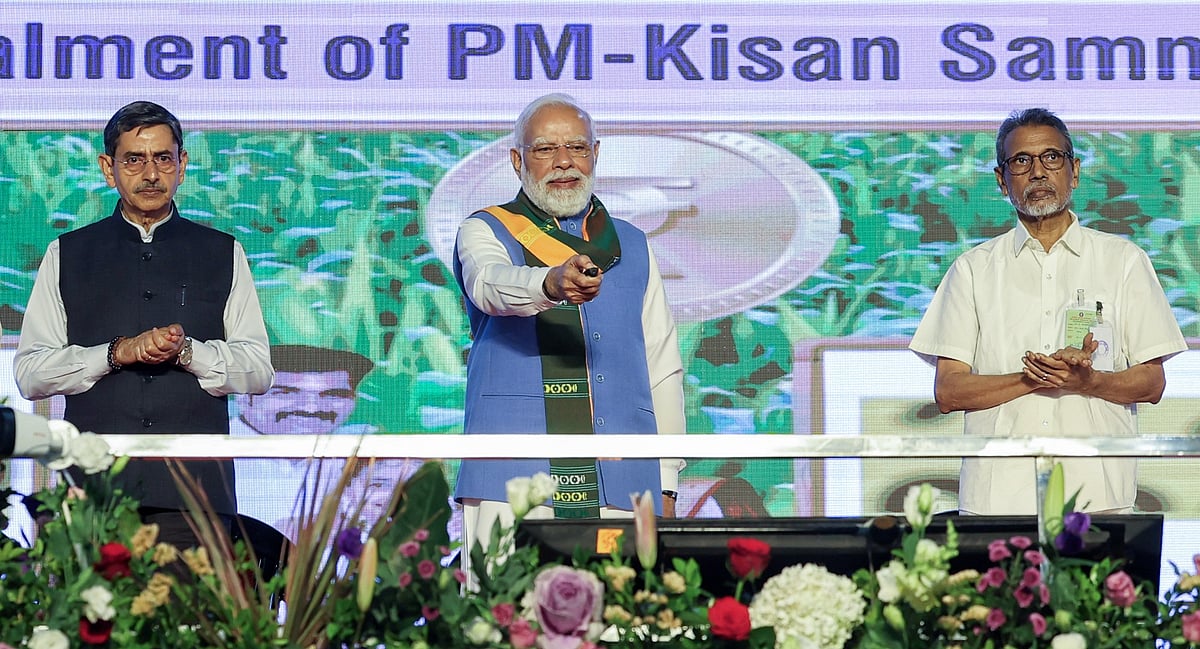New Delhi: The government has decided to extend a one-time option to central government employees who joined services between April 1, 2025, and August 31, 2025, and have opted for the National Pension System, to migrate to the Unified Pension Scheme (UPS).
This option may be exercised on or before September 30, 2025, in alignment with the cut-off date already prescribed for other eligible categories under UPS, the finance ministry said in a statement on Tuesday.
This initiative aims to provide informed choice to central government employees in planning their post-retirement financial security, it added.By opting for UPS, the employees retain their choice to switch to NPS at a later date, it said.
The last date for eligible employees and past retirees under NPS to opt for UPS is September 30, 2025, it noted.From April 1, 2025, the government has introduced UPS as an option under the National Pension System (NPS) for central government employees. UPS will provide assured payouts to the employees.
UPS is applicable to the central government employees, who are covered under the National Pension System (NPS) and choose this option under NPS, which came into effect on January 1, 2004. The option to choose between UPS and NPS can be exercised by 23 lakh government employees.On August 24, 2024, the Union Cabinet, chaired by Prime Minister Narendra Modi, approved UPS.
Under the old pension scheme, which ended in January 2004, employees got 50 per cent of their last drawn basic pay as pension.Unlike the OPS, UPS is contributory in nature, wherein employees will be required to contribute 10 per cent of their basic salary and dearness allowance, while the employer's contribution (the central government) will be 18.5 per cent.However, the eventual payout depends on the market returns on that corpus, mostly invested in government debt.
Disclaimer: This story is from the syndicated feed. Nothing has changed except the headline.










